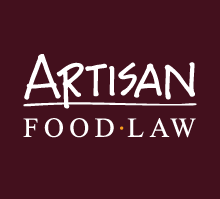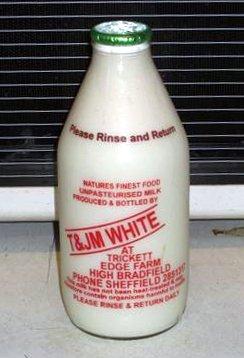Raw milk: myths and evidence
Last month three quantitative microbial risk assessments (QMRAs), published in the Journal of Food Protection, and many other scientific papers on the topic of raw milk were the subject of a review presented at the British Colombia Centre for Disease Control in Canada. Quantitative microbial risk assessment is considered the gold standard in terms of food safety evidence and is internationally recognised. The review was reported in The Wall Street Journal.
The reviewer, Nadine Ijaz, in a presentation called ‘Unpasteurized milk: myths and evidence’, demonstrated how inappropriate evidence has long been mistakenly used to affirm the myth that raw milk is a high risk food. In the US today, green leafy vegetables are the most frequent cause of foodborne illness.
The scientific papers cited demonstrated a low risk of illness from raw milk consumption for each of the pathogens Campylobacter, Shiga-toxin inducing E. coli, Listeria monocytogenes and Staphylococcus aureus. This low risk profile applied to healthy adults as well as members of susceptible groups: pregnant women, children and the elderly.
These QMRAs contradict a long held scientific view that raw milk is a high risk food. In keeping with good practice, Ijaz recognised the need to confirm their accuracy using foodborne illness outbreak data. A combination of peer reviewed data and Ijaz’s own working paper were used to analyse US outbreak data. The results confirmed the accuracy of the QMRA findings.
In particular, peer reviewed outbreak data confirmed a negligible risk of illness from Listeria monocytogenes in raw milk. There has been a worldwide absence of listeriosis cases from raw milk over the last 40 years. Ijaz deconstructs various myths from both raw milk advocates and detractors:
Myth #1: Raw milk is more digestible for people with lactose intolerance.
Myth #2: Enzymes and beneficial bacteria make raw milk more digestible.
Myth #3: Raw milk is known to prevent cancer, osteoporosis, arthritis and diabetes.
Myth #4: Raw milk is a high risk food.
Myth #5: Raw milk has no unique health benefits.
Myth #6: Industrial milk processing is harmless to health.
Since the 1930s when raw milk was associated with a high incidence of foodborne illness there have been many improvements in dairy farming. It would be wrong to conclude that pasteurisation is the sole factor in raising standards. Milk production, including raw milk, has benefitted from disease testing and culling programs, milk testing, improve hygiene standards, refrigeration and research and standards development. These have all played a part in raising the quality of milk.
Ijaz pointed to the increasing evidence of raw farm milk’s unique health benefits to young children and the possible detriments of industrial milk production practices. All must be carefully considered in future risk assessments. What is needed is an honest, evidence based discussion on raw milk issues involving producers, consumers, advocates, legislators and public health officials. Ijaz concludes:
"While it is clear that there remains some appreciable risk of food-borne illness from raw milk consumption, public health bodies should now update their policies and informational materials to reflect the most high-quality evidence, which characterizes this risk as low. Raw milk producers should continue to use rigorous management practices to minimize any possible remaining risk.”
British Columbia CDC’s Medical Director of Environmental Health Services, Dr. Tom Kosatsky, who is also Scientific Director of Canada's National Collaborating Centre for Environmental Health, welcomed Ijaz’s presentation as “up-to-date” and “a very good example of knowledge synthesis and risk communication.”
Photo credit: Jgharston (Own work) [CC-BY-3.0 (http://creativecommons.org/licenses/by/3.0)] via Wikimedia Commons





